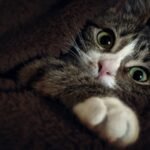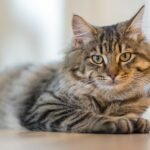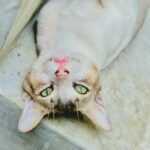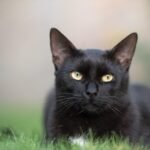Cats have been our companions for thousands of years, and in that time, their fur colors and patterns have evolved in fascinating ways. From the simple yet striking solid colors to the complex tabby markings, each pattern tells a unique story of adaptation, survival, and human influence. Understanding the evolution of these traits not only enhances our appreciation for these creatures but also sheds light on the broader processes of evolution and domestication.
Origins of Cat Fur Colors
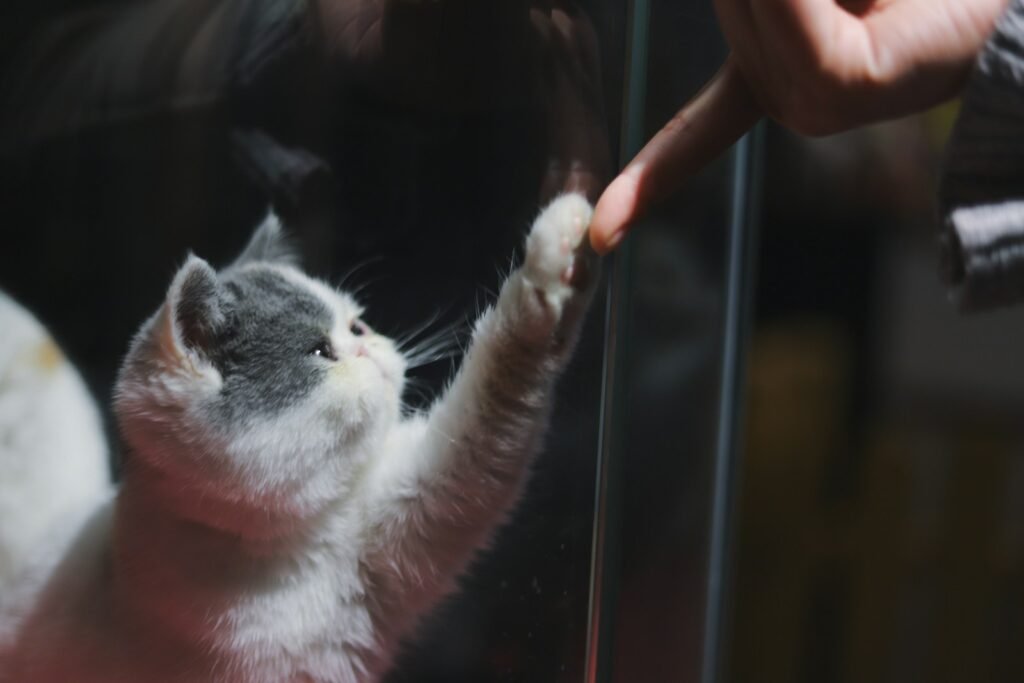
The earliest ancestors of today’s domestic cats were likely adorned with muted colors and patterns that allowed them to blend into their wild environments. The original wildcat, Felis silvestris lybica, possessed a tabby coat – a pattern that is still widely seen in domestic cats today. This classic design provided excellent camouflage and was crucial for survival in diverse habitats across Africa, Europe, and Asia.
Genetic Basis of Fur Color
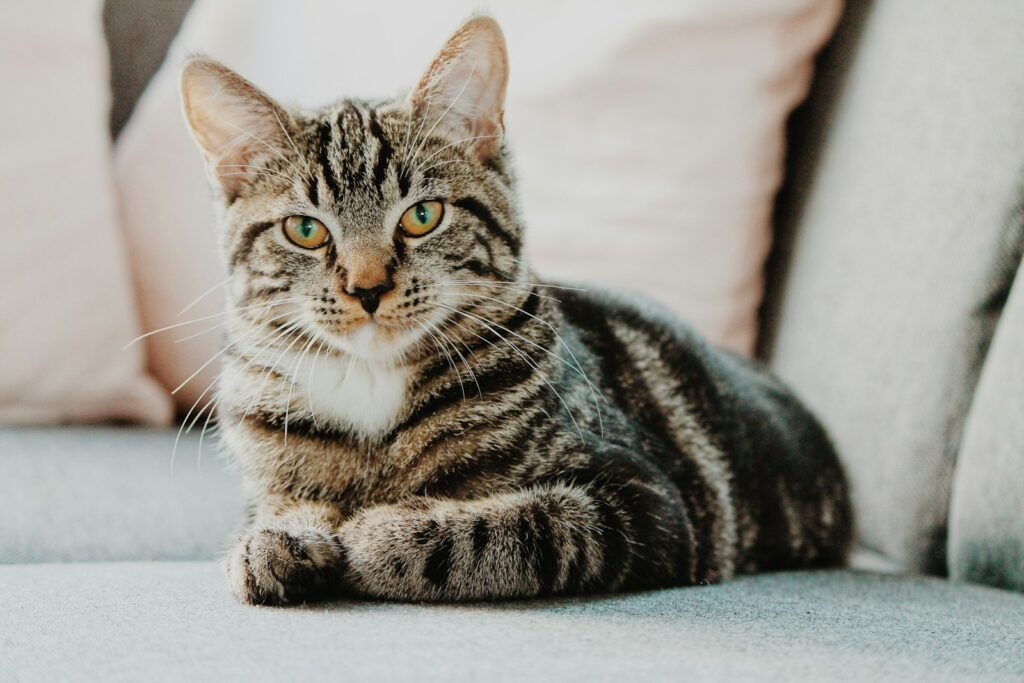
Fur color and patterns in cats are determined by a complex interplay of genes. Key genes such as Agouti, which influences banding patterns on individual hairs, and Melanocortin 1 Receptor (MC1R), which affects pigment production, play significant roles. Mutations and variations in these genes lead to the myriad of colors and patterns observed in domestic breeds.
Classic and Mackerel Tabby Patterns
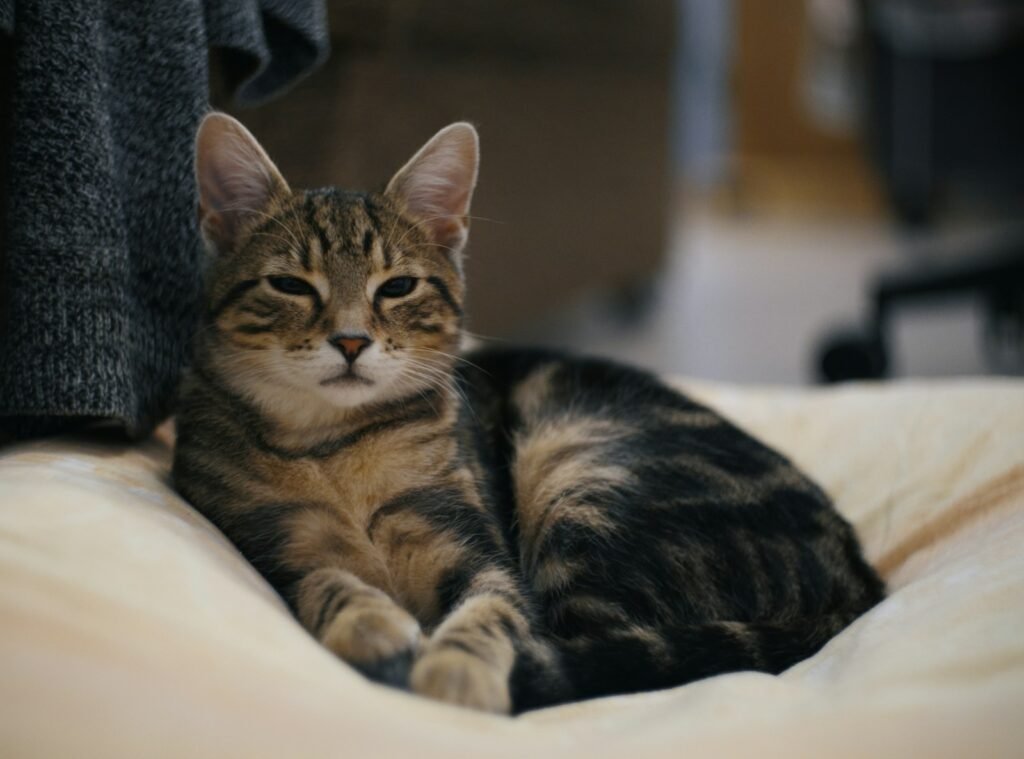
The tabby pattern is not only one of the oldest but also the most prevalent among cats. Within this category, the classic tabby with its swirling patterns and the mackerel tabby, which features narrow, parallel stripes, are the most common. These patterns are not just visually appealing but also serve as excellent camouflage in the wild.
Tortoiseshell and Calico Cats
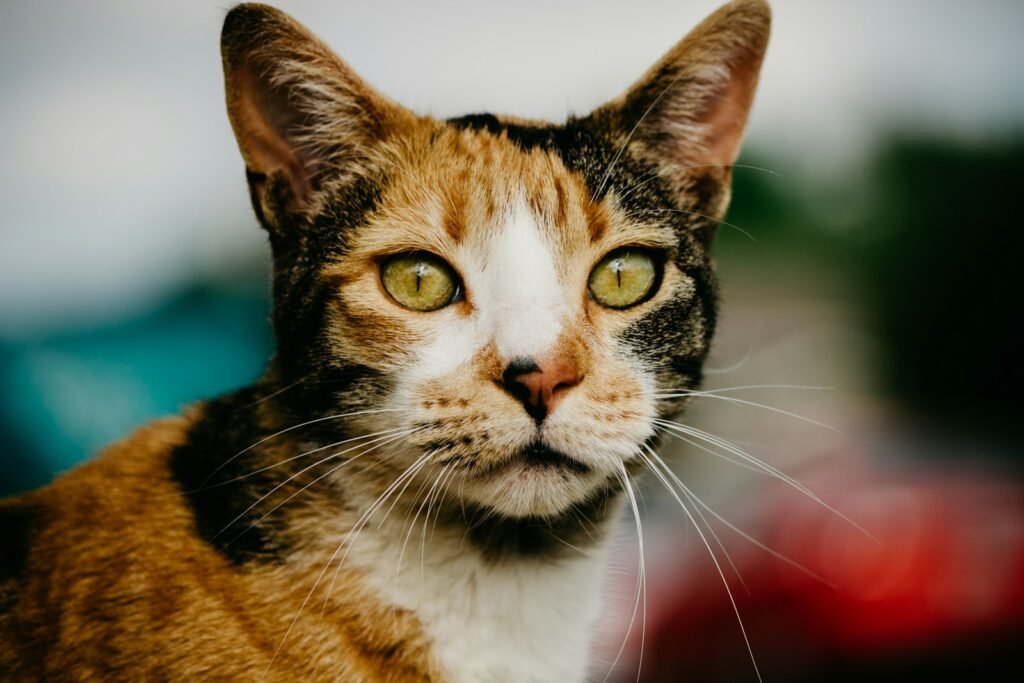
Tortoiseshell and calico cats are known for their vibrant, patchwork coats. These patterns emerge due to the presence of two different pigmentation genes on the X chromosome, leading to the unique multicolored fur. The random distribution of these colors resembles a crafted mosaic, making each “tortie” or calico cat entirely unique.
Solid and Bicolor Coats
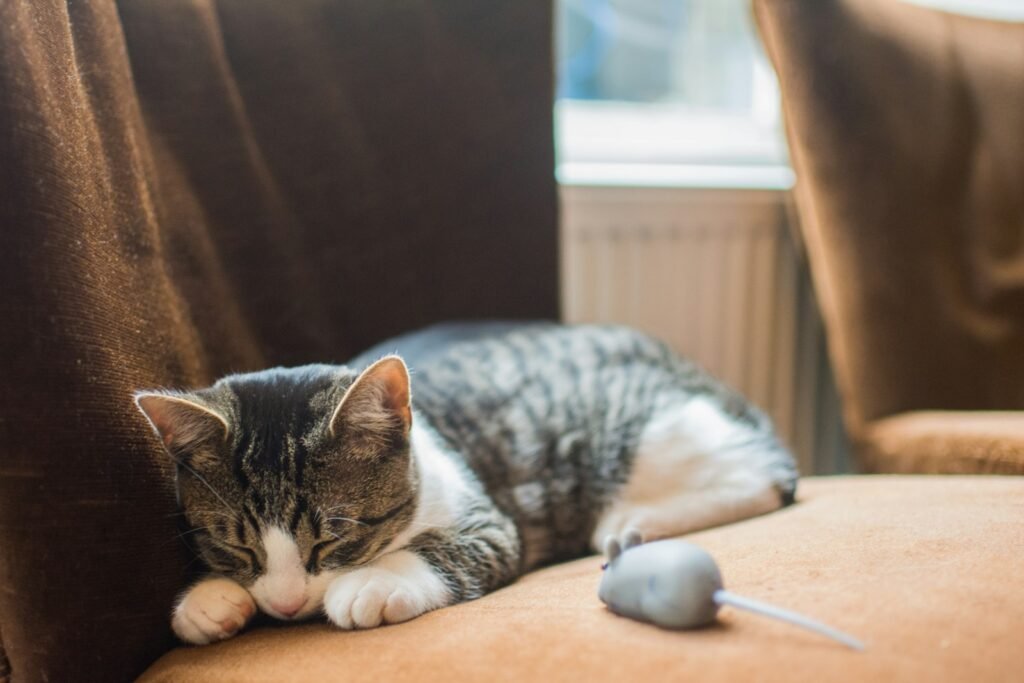
Solid-colored cats, such as those entirely black or white, are less common in the wild, as such colors can reduce camouflage effectiveness. However, through domestication and selective breeding, these striking solid coats have been embraced for their sleek and uniform appearance. Bicolor cats, adorned with a mix of one solid color and white, are also popular, offering a blend of purity and patterns.
Spotted Coats and Breeds

Spotted patterns in domestic cats have recently been popularized by breeds like the Bengal, which closely resemble wild leopards. These patterns are the result of selective breeding designed to highlight spots, rosettes, and marbling, capturing the allure of the wild in a domestic package.
Pointed Patterns: Siamese and Beyond
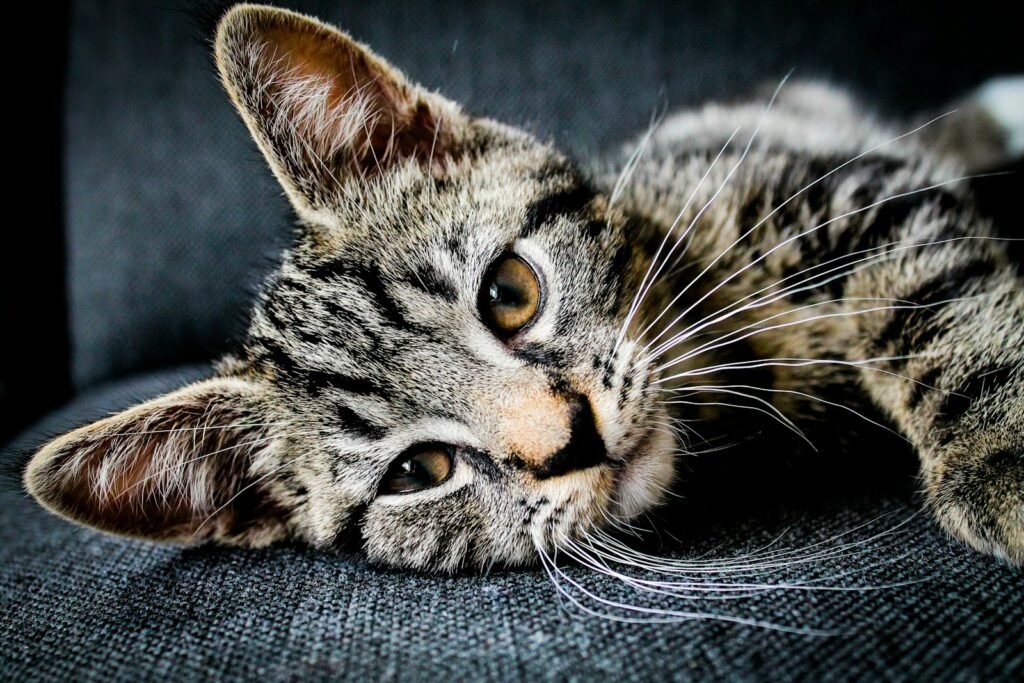
The distinct pointed pattern seen in Siamese cats, characterized by darker colors on the extremities such as the ears, face, paws, and tail, is linked to temperature-sensitive enzymes responsible for pigment production. This unique trait has made them one of the most recognizable and beloved breeds worldwide.
The Role of Selective Breeding
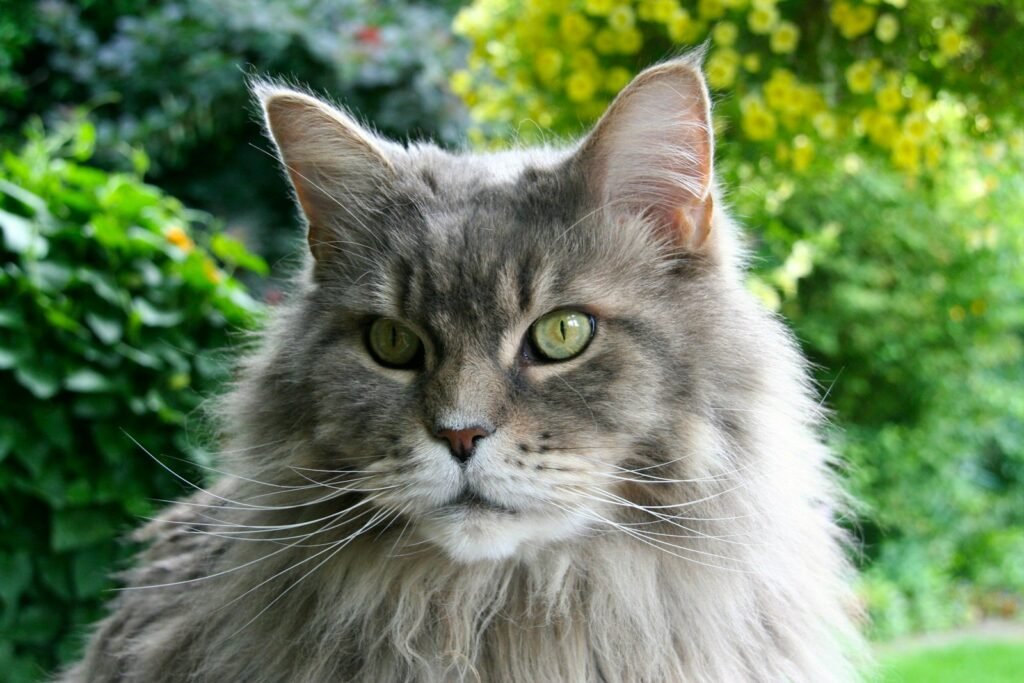
As cats transitioned from wild animals to household pets, selective breeding played a crucial role in developing the diverse range of colors and patterns we see today. Breeders favored certain traits not only for aesthetic reasons but also to align with cultural preferences and trends.
Environmental Influences on Fur Color
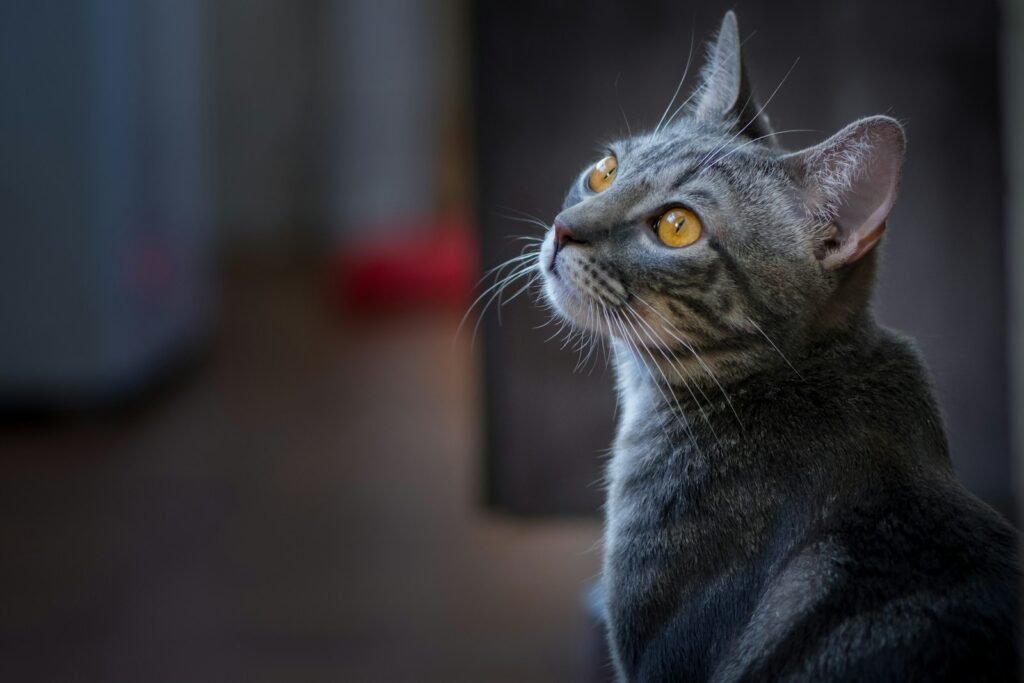
While genetics play a dominant role, environmental factors can also influence fur color. For instance, nutritional elements during crucial growth phases can impact the vibrancy and health of a cat’s coat. Additionally, exposure to sunlight can lead to changes in fur color, particularly in darker-coated cats.
Health Implications of Fur Color
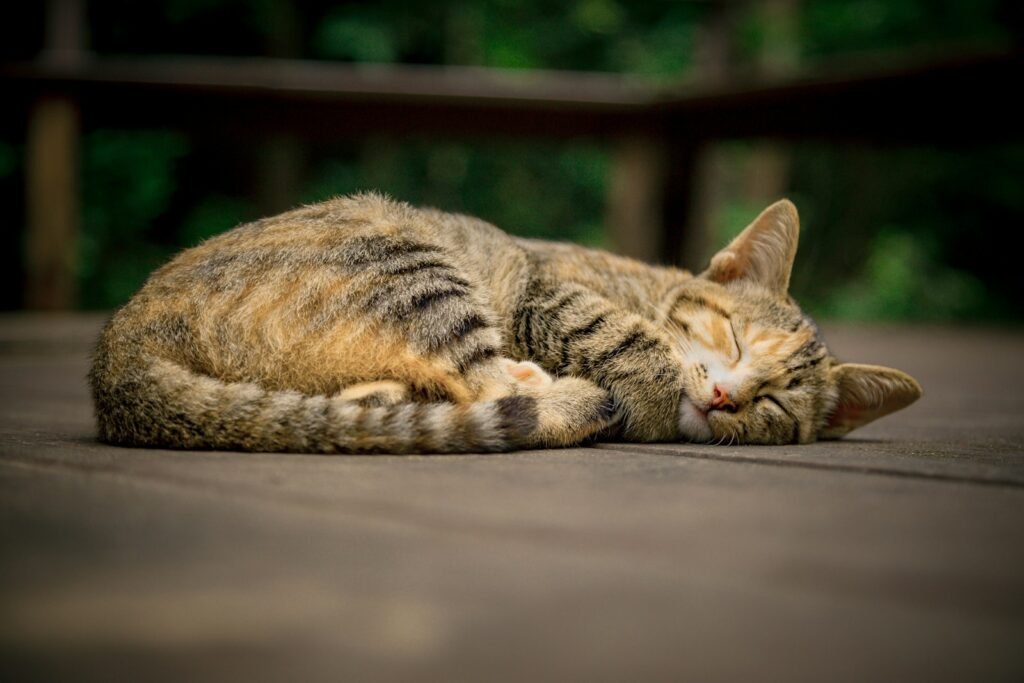
Interestingly, research suggests that certain fur colors may be linked with specific health conditions. For example, studies have shown that white cats with blue eyes are more likely to be deaf. Understanding these genetic linkages is crucial for breeders and veterinarians alike.
Cultural Significance of Cat Colors
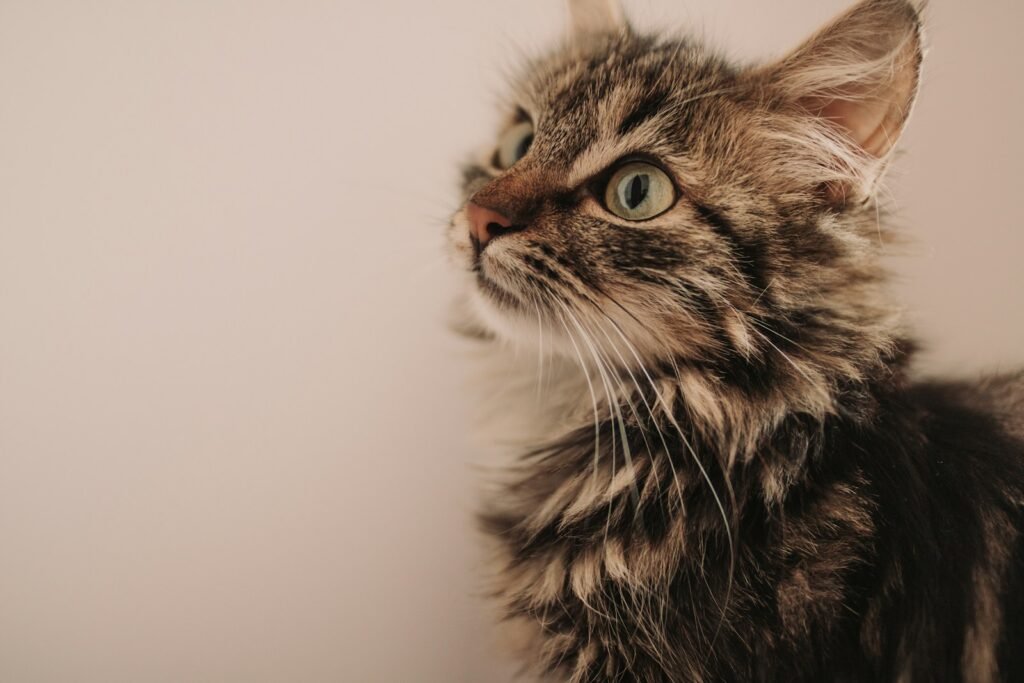
Throughout history, certain cat colors have carried cultural significance. Black cats, for instance, have been associated with superstitions and myths, varying from symbols of bad luck to being revered as sacred animals. These cultural beliefs often influence the popularity and perception of different cat coat colors.
The Science Behind the Shine
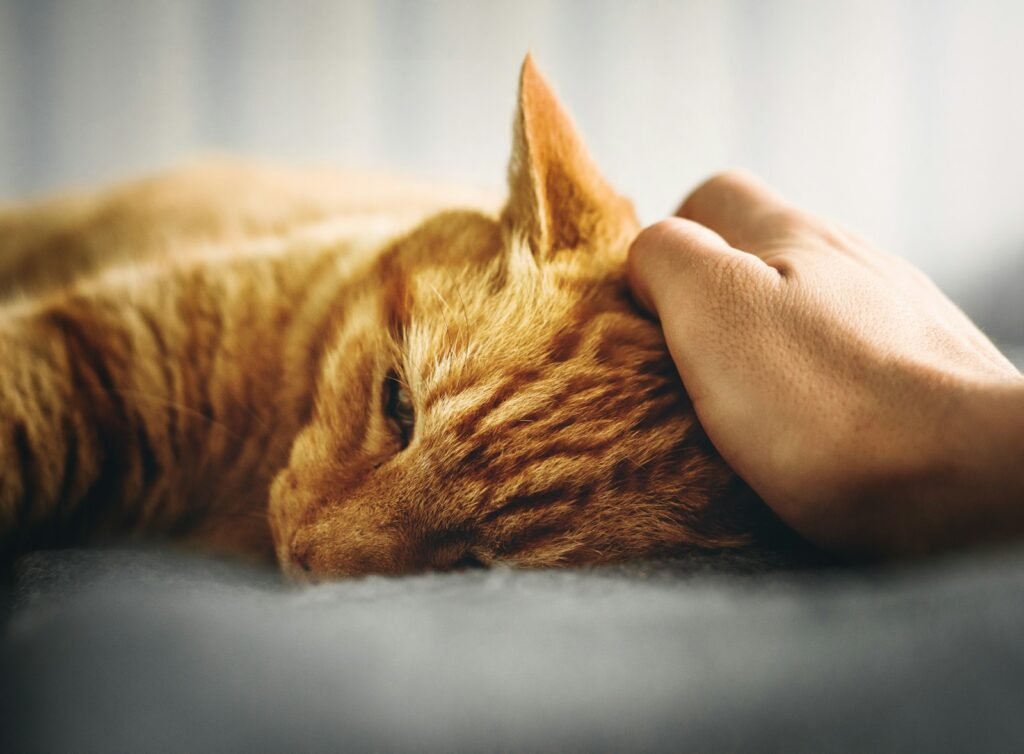
The sheen or dullness of a cat’s coat can indicate overall health. A glossy coat is often a sign of good nutrition and well-being, while a dull, lackluster coat might suggest underlying health issues or nutritional deficiencies that require attention.
Hypoallergenic Fur Patterns
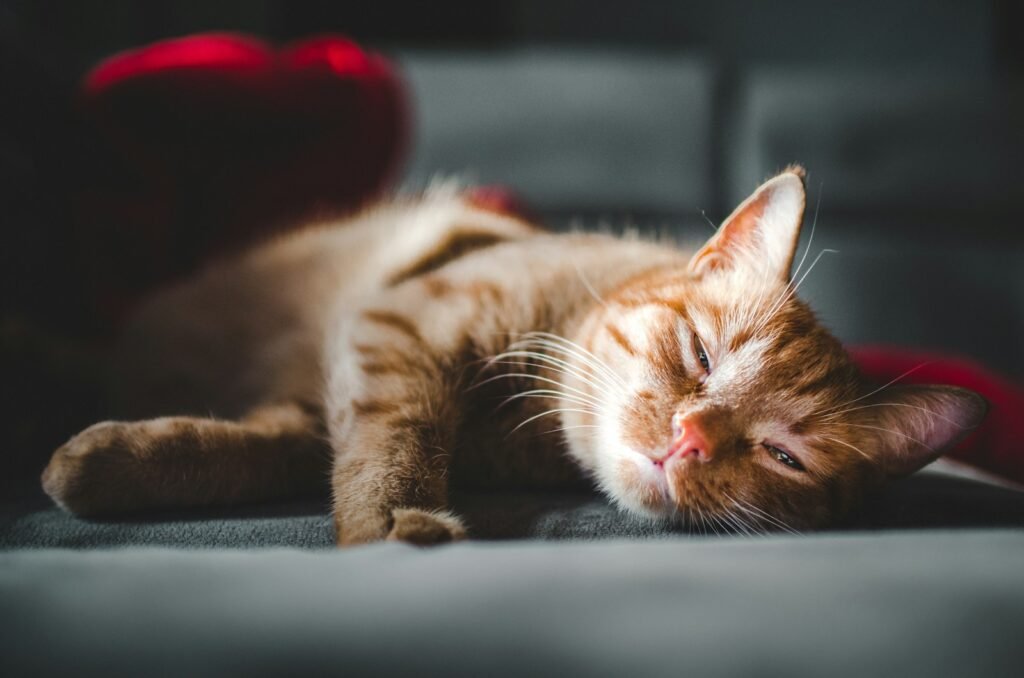
Some individuals with allergies might find solace in breeds with certain fur types that produce fewer allergens. While no cat is entirely hypoallergenic, breeds such as the Russian Blue and the Balinese are often noted for causing fewer allergic reactions, possibly due to lower levels of allergenic proteins in their saliva and skin.
Color Change Over Time
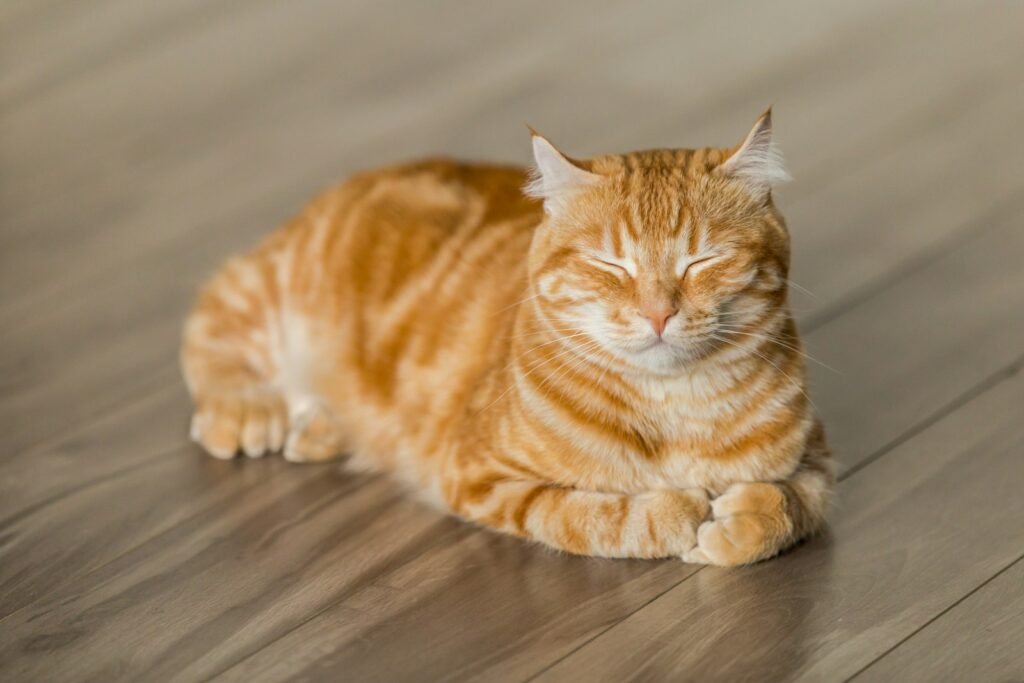
It is not uncommon for a cat’s coat to change as they age, particularly with breeds that have temperature-sensitive coloring. Some cats may darken or lighten over time, a phenomenon largely influenced by genetics and environmental factors.
Caring for Diverse Coats

Diversely patterned coats require specific grooming routines. Long-haired breeds, such as the Persian, need regular grooming to prevent mats and tangles, while shorter-haired cats might need less frequent maintenance. Proper grooming not only ensures a healthy coat but also fosters a strong bond between pet and owner.
The Future of Cat Breeding
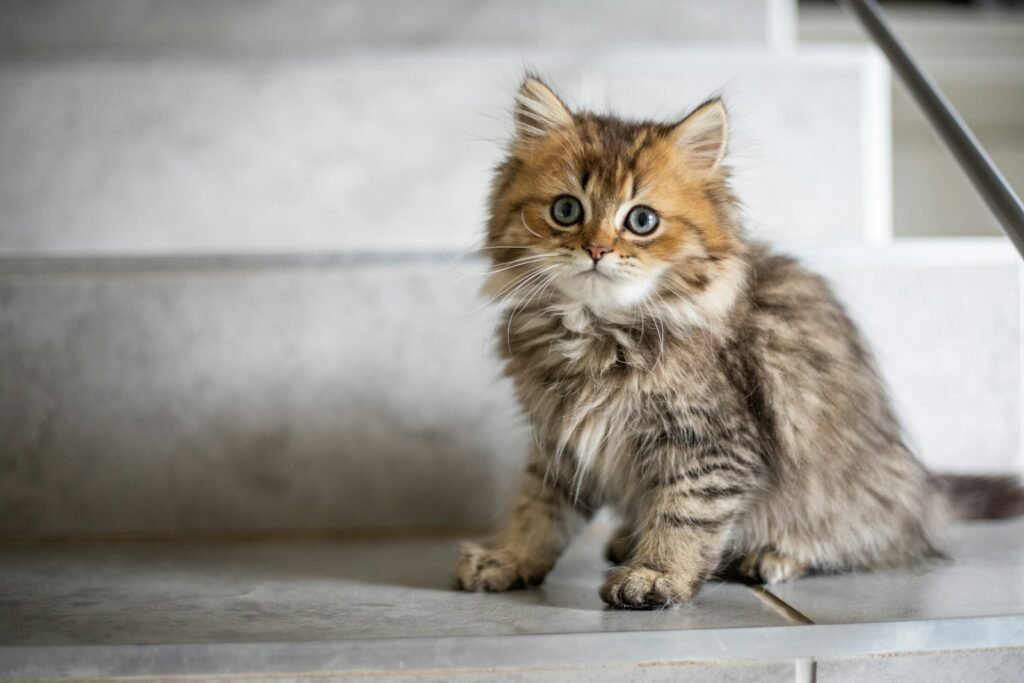
With advancements in genetic research, the future of cat breeding is poised for continued exploration and innovation. Understanding the genetic basis of fur color and pattern can lead to new breeds and variations that capture the imaginations of enthusiasts and pet owners alike.
In conclusion, the evolution of cat fur colors and patterns is a testament to the fascinating interplay between genetics, environment, and human influence. These diverse and beautiful traits not only enhance the allure of our feline friends but also provide insight into the broader processes of natural and artificial selection. As cat lovers, an appreciation for these elements cultivates a deeper connection with these enchanting creatures.

Suhail Ahmed is a passionate digital professional and nature enthusiast with over 8 years of experience in content strategy, SEO, web development, and digital operations. Alongside his freelance journey, Suhail actively contributes to nature and wildlife platforms like Feline Fam, where he channels his curiosity for the Feline into engaging, educational storytelling.
With a strong background in managing digital ecosystems — from ecommerce stores and WordPress websites to social media and automation — Suhail merges technical precision with creative insight. His content reflects a rare balance: SEO-friendly yet deeply human, data-informed yet emotionally resonant.
Driven by a love for discovery and storytelling, Suhail believes in using digital platforms to amplify causes that matter — especially those protecting Earth’s biodiversity and inspiring sustainable living. Whether he’s managing online projects or crafting wildlife content, his goal remains the same: to inform, inspire, and leave a positive digital footprint.


